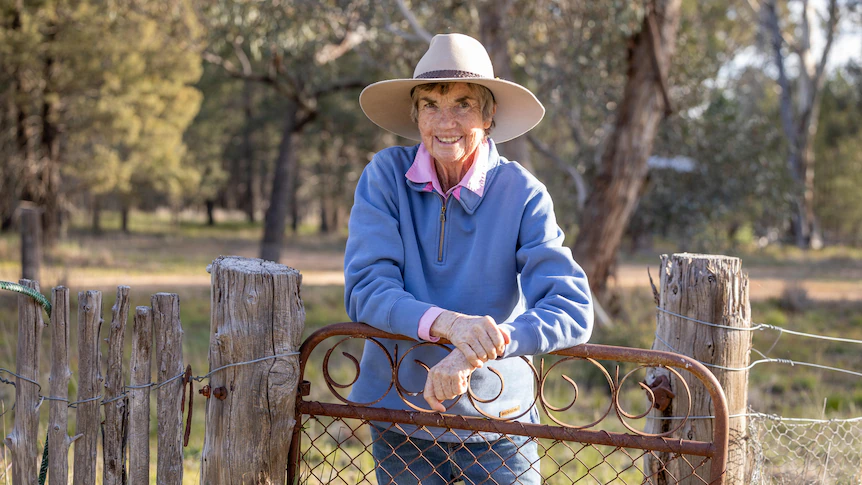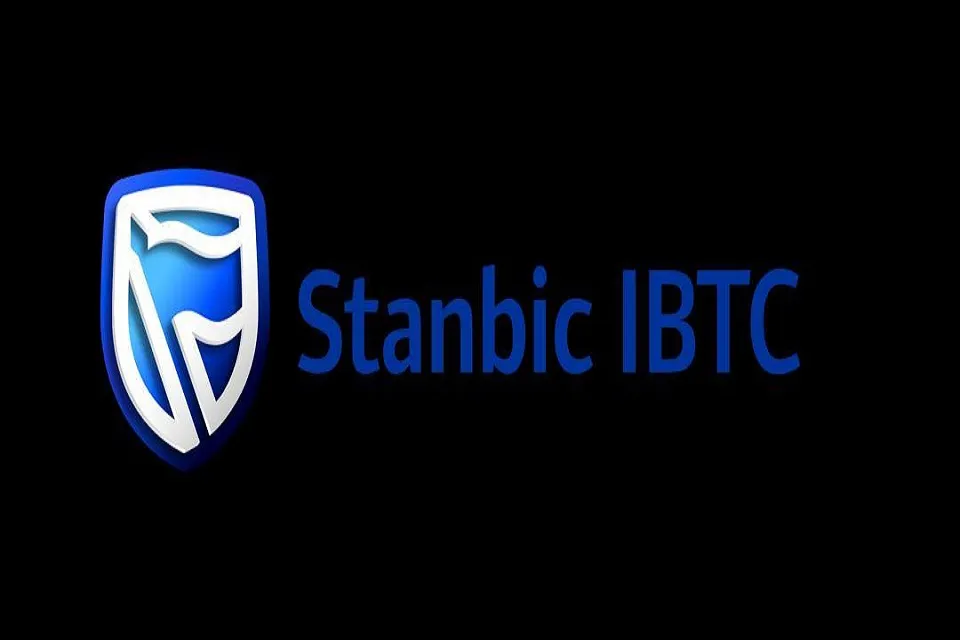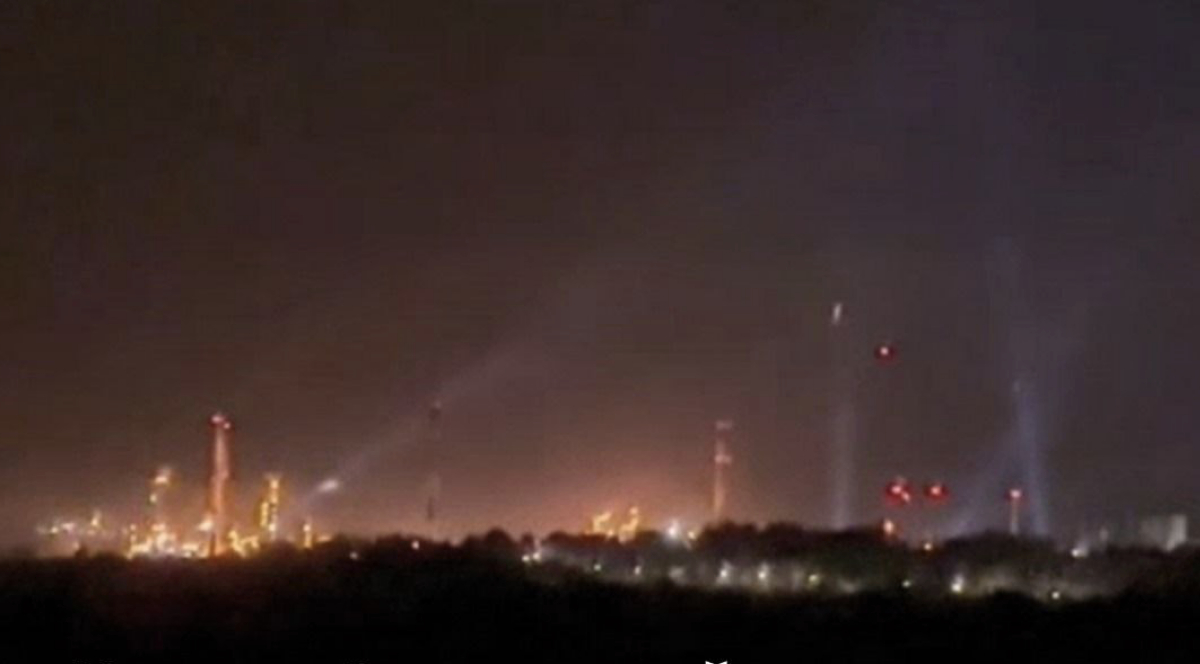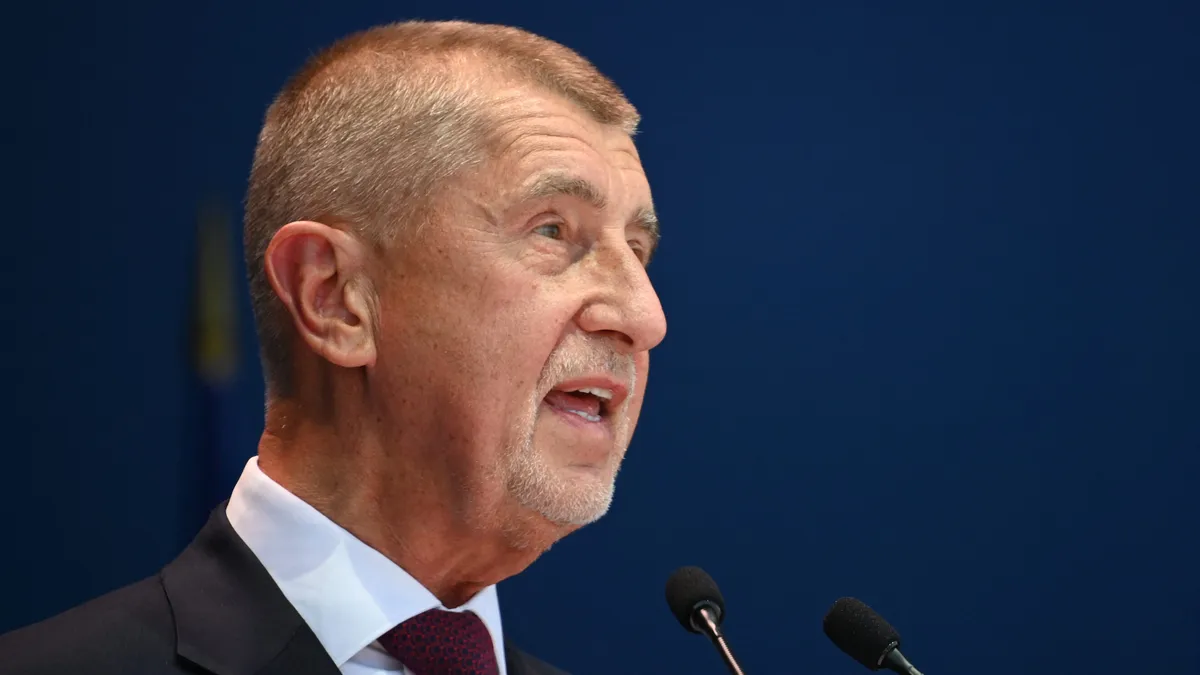By Annie Brown
Copyright abc

Driving through the small rural community of Savernake in the Southern Riverina in early spring, you will see paddocks of golden canola next to dense woodlands.
The mix of farmland and the natural environment in this part of the world is not an accident.
The Sloane family established the heritage-listed Savernake Station in 1862, and they have been at the forefront of environmental preservation for generations.
Helen Huggins (nee Sloane) was born on the station and still owns land there.
“I always come back to Savernake, my blood is always here,” she said.
Mrs Huggins and her brothers, Alexander and David Sloane, have fenced off hundreds of hectares of land for permanent protection, in an agreement with the New South Wales Biodiversity Conservation Trust (BCT).
“I’ve got 15,000 acres of my own, and 40 per cent of that is in BCT,” Mrs Huggins said.
“Nil grazing. Can’t be cropped. The biggest fear is bushfires.
“My father was a great conservationist, and I hope as a legacy it’ll be passed on.”
Payments in perpetuity
The Sloane siblings are among nine landholders in southern New South Wales who have a total of 1,579 hectares protected in perpetuity.
If the land is sold in the future, the protected areas remain conserved.
The NSW BCT pays the farmers an average of $217 per hectare each year to cover the cost of maintaining it.
Alexander Sloane and his wife Ann have 365 hectares of land under BCT on Savernake Station.
They say the payments are an incentive for farmers to preserve the environment.
“We wanted to provide more natural environment on our property without compromising too much on our productivity. You still have to make a livelihood,” Mrs Sloane said.
“It’s guaranteed each year and if we get droughts we still get paid.”
The Sloanes deal with feral animals and weeds in the protected parts of their land, but they are also planting more native trees and shrubs.
“We have a long list of flora and fauna on the property and we’re very keen to maintain the biodiversity,” Mrs Sloane said.
Savernake Station is a rare exception when it comes to farmland in the region.
Mr Sloane said, “Savernake has always been uncleared”.
“Instead of ripping out all the trees, my grandfather built the house in the middle of the forest,” he said.
Protecting rare land
The BCT said private land conservation was essential to prevent further biodiversity and habitat decline.
Eighty per cent of land in NSW is privately owned and by 2023, 11 per cent of the state was permanently protected.
BCT landholder support officer Nigel Jones said they were particularly focused on protecting rare vegetation, such as the sandhill-pine and grey box woodlands in Savernake.
“This is the jewel in the crown, so to speak,” Mr Jones said.
“These areas are not well represented in national parks and they are high priority for protection.”
Other states have similar conservation programs to the BCT, but they are all slightly different.
Mr Jones described the NSW program as “Rolls-Royce”.
“[Landowners] get annual payments for remnant vegetation protection, but they’re also getting the opportunity to register for carbon credits on the areas of tree planting they are doing,” he said.
For the Sloane family, they hope the natural environment can be enjoyed for generations to come.
“If you look after the land, it’ll look after you. [A] healthy country makes healthy people,” Mrs Huggins said.
“I think our forebears would be immensely proud and grateful for what we are doing,” Mrs Sloane said.



